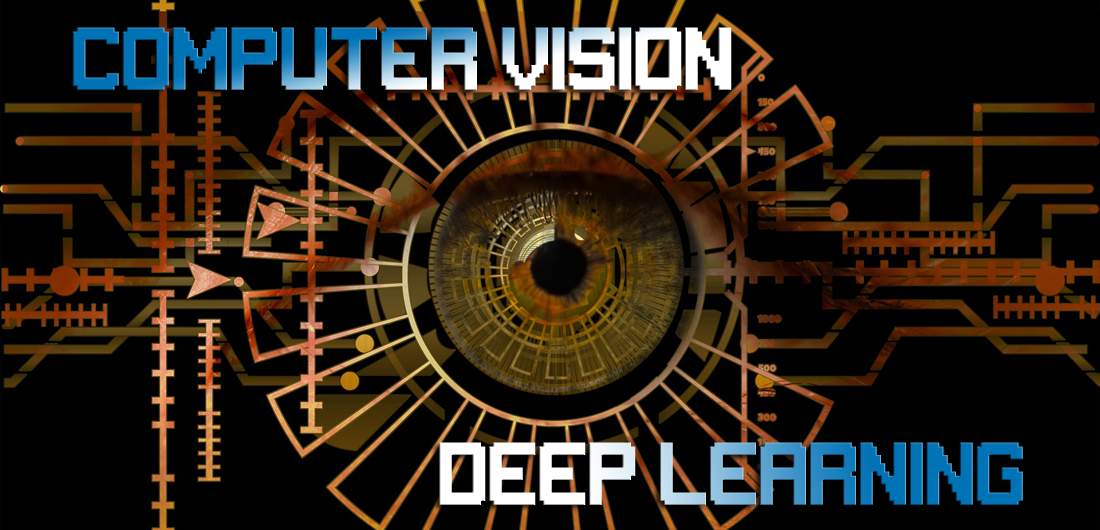
“Machine Learning is the science of getting computers to learn and act like humans do, and improve their learning over time in autonomous fashion, by feeding them with data and information in the form of observations and real-world interactions.”
Deep learning is a machine learning technique that teaches computers to do what comes naturally to humans: learn by example. Deep learning is a key technology behind driverless cars, enabling them to recognize a stop sign, or to distinguish a pedestrian from a lamppost. It is the key to voice control in consumer devices like phones, tablets, TVs, and hands-free speakers. Deep learning is getting lots of attention lately and for good reason. It’s achieving results that were not possible before. In deep learning, a computer model learns to perform classification tasks directly from images, text, or sound. Deep learning models can achieve state-of-the-art accuracy, sometimes exceeding human-level performance. Models are trained by using a large set of labeled data and neural network architectures that contain many layers.
*Deep Learning is a subfield of machine learning concerned with algorithms inspired by the structure and function of the brain called artificial neural networks.
Computer Vision is a field of computer science that works on enabling computers to see, identify and process images in the same way that human vision does, and then provide appropriate output. It is like imparting human intelligence and instincts to a computer. In reality though, it is a difficult task to enable computers to recognize images of different objects. Computer vision is closely linked with artificial intelligence, as the computer must interpret what it sees, and then perform appropriate analysis or act accordingly. Computer vision is concerned with the automatic extraction, analysis and understanding of useful information from a single image or a sequence of images. It involves the development of a theoretical and algorithmic basis to achieve automatic visual understanding.
The applications of computer vision are numerous and include: agriculture, augmented reality, autonomous vehicles, biometrics, character recognition, forensics, industrial quality inspection, face recognition, gesture analysis, geoscience, image restoration, medical image analysis, pollution monitoring, process control, remote sensing, robotics, security and surveillance, transport and more…
Objectives
In this course you will learn:
- The key concepts of computer Vision & OpenCV.
- To perform image manipulations such as transformations, cropping, blurring, thresholding, edge detection and cropping.
- To segment images by understanding contours, circle, and line detection. You’ll even learn how to approximate contours, do contour filtering and ordering as well as approximations.
- Use feature detection (SIFT, SURF, FAST, BRIEF & ORB) to do object detection.
- Implement Object Detection for faces, people & cars.
- Extract facial landmarks for face analysis, applying filters and face swaps.
- Implement Facial Recognition.
- Implement and understand Motion Analysis & Object Tracking.
- Use basic computational photography techniques for Photo Restoration (eliminate marks, lines, creases, and smudges from old damaged photos).
- How to become a true computer vision expert by getting started in Deep Learning
